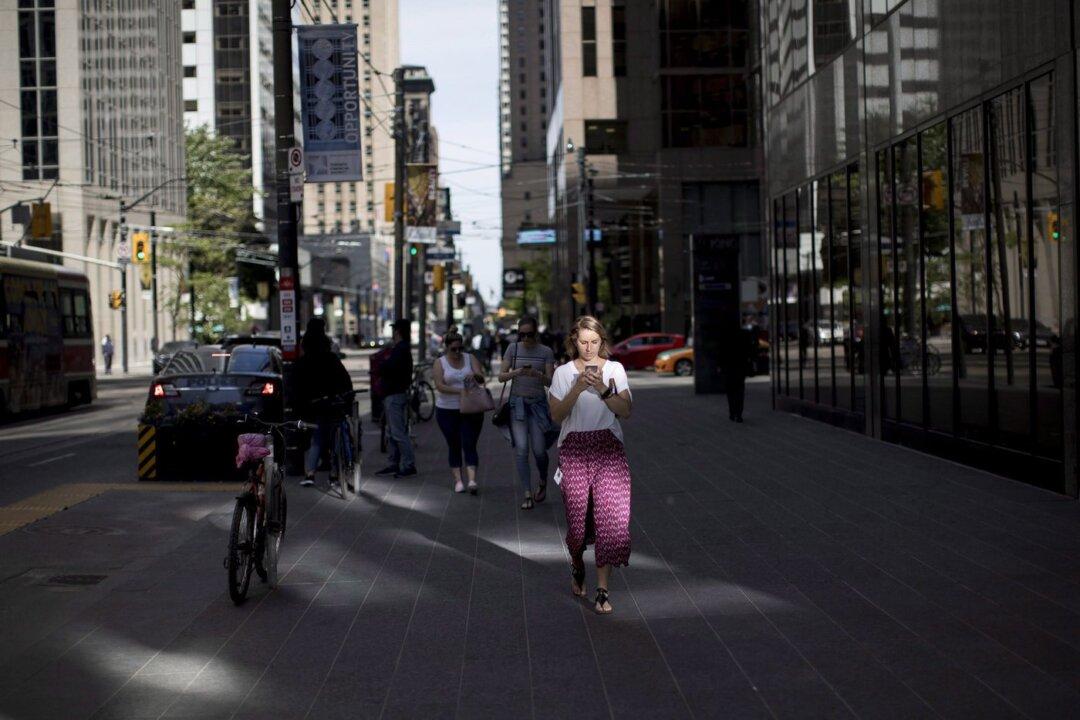Texting and driving has long been seen as a major danger behind the wheel. But a new study has found that texting and walking can be just as risky.
New research from the University of British Columbia (UBC) has found that “distracted walking” comes with a significantly higher risk of injury compared to those who are alert while navigating busy intersections on foot.





